So, you’re a bee lover, and you want to know how to start beekeeping, but have no idea what that entails, or what to expect. You may even be asking yourself, “What’s a fancy word for ‘beekeeper’?”
The answer is ‘apiarist’, and you’re in the right place to learn a few more answers to other common questions regarding beekeeping. We’ll go through them one by one.
How Do I Start Beekeeping?
In order to become a beekeeper, you’ll need to take the time to really consider your level of interest in beginning this adventure. To succeed, you’ll need to commit your time to learning everything you can long before you even order your bees.
In your quest to become a beekeeper, you’ll quickly find out there is much more to beekeeping than putting bees in a box. Ozarks beekeeper Jeffrey Maddox recommends that all new beekeepers, “Join a bee club and volunteer/work with experienced beekeepers. Get the beekeeping magazines. Read at least one beekeeping book a year. Keep learning.”

To become a beekeeper, you’ll also want to join your state beekeeping association. A quick google search should put you in touch with them. Most state beekeeping associations have links to a bee club near you.
Your local bee club will probably host beginning beekeeping classes sometime each January where you’ll learn the basics. You may even learn where to find local nucleus colonies (nucs) to get your hives started.
Each club’s educational resources will be different, but they’ll all use beekeeping vocabulary you may not be familiar with. We’ll touch on those now, so you arrive at your first meeting somewhat prepared.
Langstroth Hive
A Langstroth Hive is the most common type of hive used by beekeepers. Sizes vary, but they are commonly found in 8 or 10 frame “deep” and “medium” boxes that are used for brood or honey.
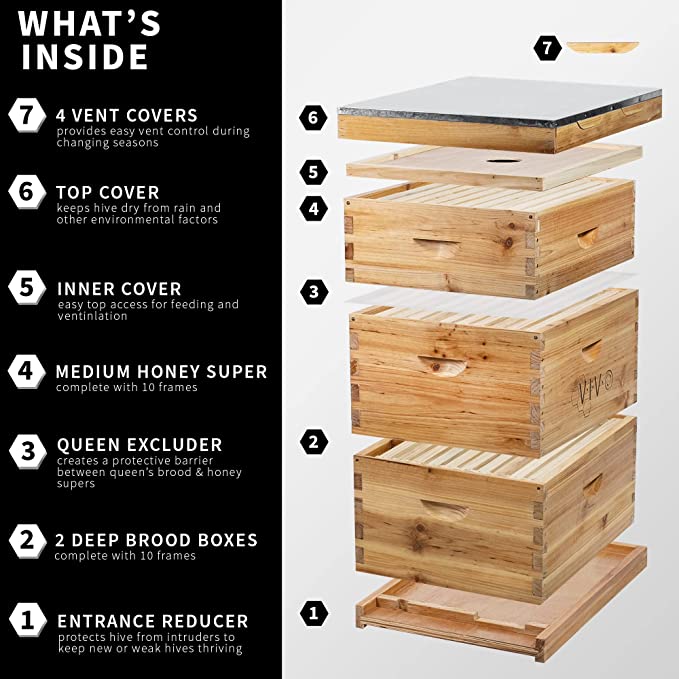
Bee Social Structure
To become a beekeeper, you’ll want to know the various roles of the different bees in your hive.
Queen Bee– Her purpose is to lay eggs. She will lay one egg in the bottom of each cell she visits. She also produces pheromones to communicate with the colony.
Worker Bee– All worker bees are female. They clean and guard the the hive, care for the queen and brood, build beeswax, and forage for pollen and nectar.
Drone– All drones are male and develop from unfertilized eggs. They exist solely to leave the hive and mate with virgin queens. They die immediately after mating.
Laying Worker Bee– When a beekeeper sees several brood cells with several eggs, it is an indication that worker bees have laid unfertilized drone eggs. Laying worker bees will lay eggs more sporadically than a queen bee, often on the sides of cells. This is an indication that the queen bee may be missing or in poor health.

Swarming
Swarming is how one hive becomes two or more. When a hive becomes overcrowded, or diseased, the hive will swarm. Swarms may look threatening, but they are not dangerous. The bees have very little interest in attacking or stinging when swarming.
Swarming bees are focused on finding a new home, and can land anywhere. With a tiny bit of bravery, you can become a beekeeper for free by catching swarms to establish new hives.

Burr Comb
Burr comb is simply comb the worker bees build anywhere but on the frames where beekeepers want it. Burr comb makes beekeeping difficult because it causes problems removing frames for inspection, and it’s removal means a beekeeper has to destroy the hard work their bees have done. If burr comb cells contain brood, the brood is also destroyed.
Varroa Mites
The sooner you identify a problem, the more likely you’ll be able to fix it. Caught early, varroa mites, small hive beetles, and wax moths can be mitigated, and your investment protected.
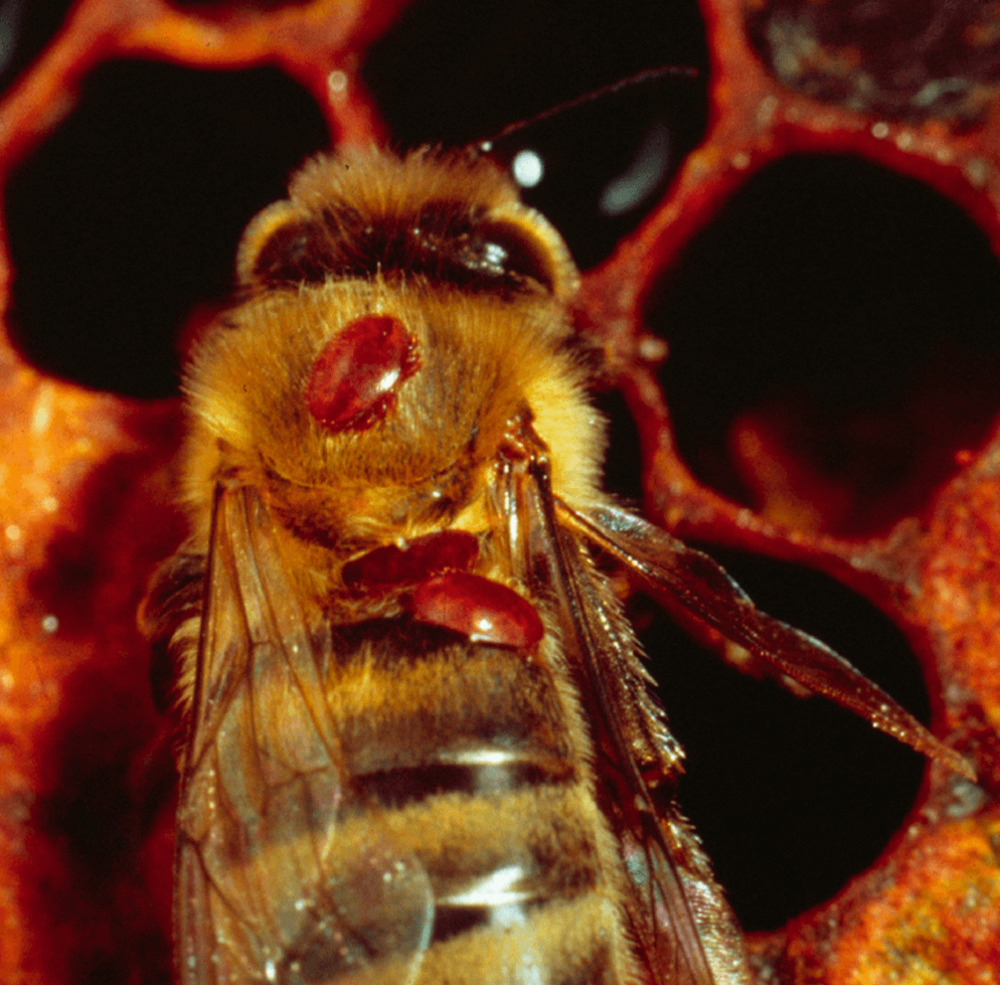
Varroa mites are a critical concern for all beekeepers, especially those just starting out. These tiny, reddish-brown external parasites latch onto honey bees and feed on their hemolymph (the insect equivalent of blood). What makes them particularly damaging is their ability to reproduce inside capped brood cells.
A female mite will enter a cell just before it’s sealed, lay eggs, and the developing mites will feed on the pupating bee. This weakens the emerging bees, making them more susceptible to diseases and less able to perform their necessary tasks. A heavy varroa infestation can quickly decimate a colony if left untreated.
For new beekeepers, understanding the varroa mite life cycle and the importance of monitoring and control is paramount. Regular monitoring, using methods like sugar shakes or alcohol washes, will help you determine the mite load in your hives. Early detection is key to preventing significant problems. There are various treatment options available, ranging from organic acids to synthetic miticides.
It’s essential to research these options, understand their application, and choose a method that suits your beekeeping practices and local regulations. Ignoring varroa mites is not an option; proactive management is crucial for the health and survival of your bee colonies
Now that we’ve covered bee vocabulary, let’s move on to perhaps the most common question new beekeepers want to know!…
Do Beekeepers Get Stung A Lot?
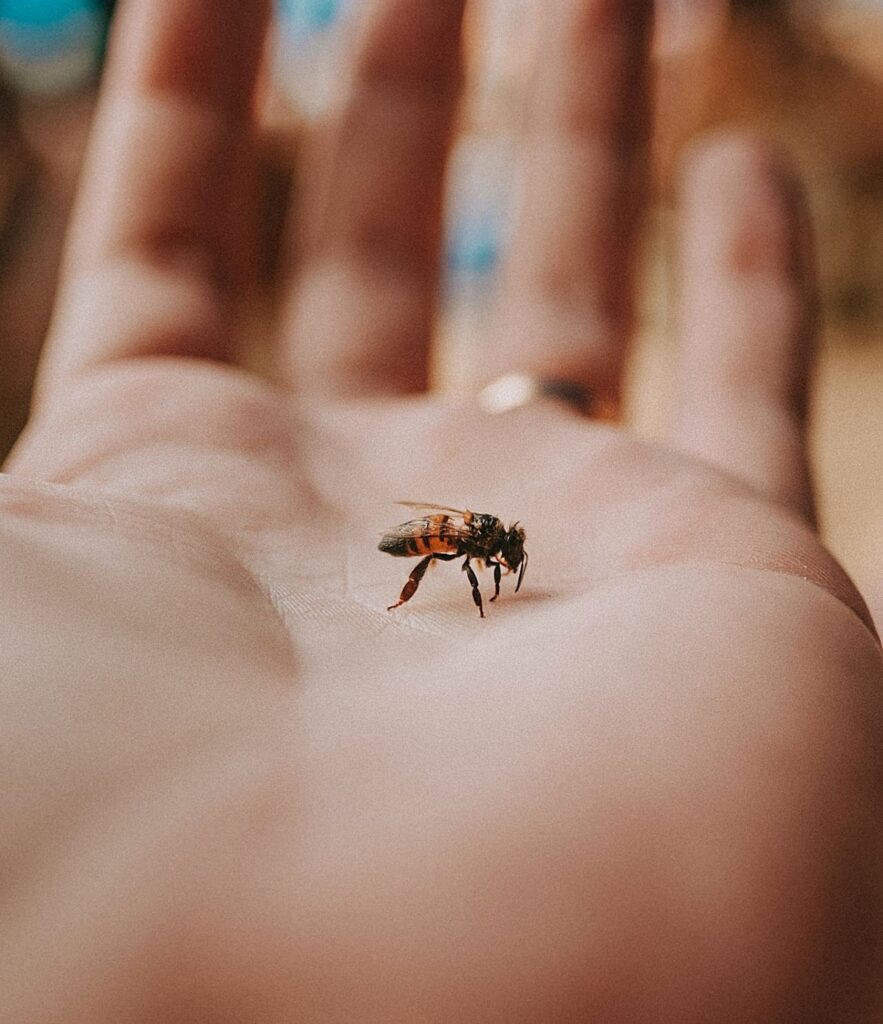
The website for Bee Aware is great to check out if bee stings are concern for you. According to their article, 58 stings per year is the average for a beekeeper, but actual beekeepers say it’s an occasional occurrence, and it really depends on the type of bees they work with (Italian bees being one of the calmest varieties, and Africanized bees being the most aggressive), and the bees’ environment.
Most of the time, bees are gentle, and only attack if provoked, or if they are stressed, hungry, or hot. Interestingly, bees have a genetic dislike of dark colors because the bears and skunks that naturally prey upon them have dark fur. This is also why beekeeping suits and protective equipment are white.
The good news is, bees rely heavily on scent, specifically pheromones, to communicate with each other. Over time, they may “get used to” their keeper’s scent, and are unlikely to respond defensively to the intrusion of beekeeper duties.
That leads us to the next question,
How Hard Is It To Be A Beekeeper?
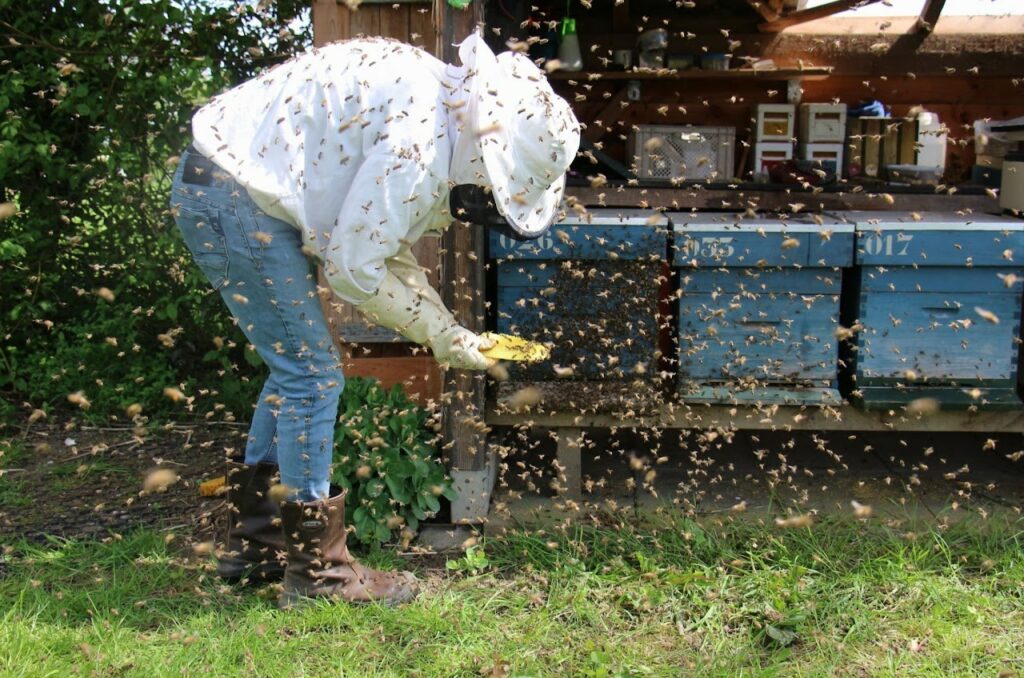
The first year of beekeeping is tough. While you’re learning the ins and outs, your bees are working hard and expending a lot of energy just to establish their new hives. That comes with a big responsibility to make sure your bees have everything they need to survive and thrive.
Like any new skill, beekeeping has a learning curve. However, it’s definitely achievable for beginners with the right approach. Here’s what makes it manageable:
- Abundant Resources: There are countless books, websites, and local beekeeping associations dedicated to helping beginners succeed.
- Mentorship Opportunities: Many experienced beekeepers are willing to mentor newcomers, offering invaluable hands-on guidance.
- Relatively Predictable Bee Behavior: While bees are living creatures with their own instincts, their behavior within the hive follows certain patterns that you’ll learn to recognize.
- Gradual Learning: You don’t need to know everything at once. Beekeeping is a continuous learning process, and you’ll gain knowledge and confidence with each hive inspection and season.
The key is to be dedicated to learning, patient, and observant. Joining a local beekeeping club is highly recommended as it provides a supportive community and access to experienced beekeepers.
You’ll also need to become an amateur plant expert to make sure there is plenty of forage for your bees. A typical hive needs around 125 pounds of pollen per year. An average honey bee will visit 1,000 flowers per day.
It’s a good idea to start planting in the fall before your nucs (nucleus colonies) or package bees arrive, or you need to choose an apiary spot with lots of access to pollen and nectar producing plants.
Aside from making sure your honey bees have plenty to eat, you’ll need to check on them regularly. You won’t go longer than two weeks between hive inspections. These inspections can be physically demanding. A medium honey super can easily weigh 50 pounds. Deeps often weigh around 90 pounds.
Harvesting your honey will be physically intense, but, you’ll be well rewarded for your work!
Finally, the burning question new beekeepers are most eager to know!…

How Much Money Can You Make Beekeeping?
If you want to be more than a hobbyist, and are researching how to start beekeeping, you’re probably wondering, “How much money can I make as a beekeeper?”
Well, just like any business, you’re unlikely to make any money your first two years. The first year you’ll spend quite a bit just on equipment and protective gear, and you won’t be able to harvest much honey. The bees will need it to sustain themselves through winter.
The second year’s potential profits will be offset by the price of establishing your apiary. You can save money buying used equipment, just be sure to buy from a reputable source, and clean everything thoroughly. You don’t want to transmit parasites or diseases to your new honey bees.
While the start-up costs may seem like a lot, it isn’t much as far as new businesses go. The fun you’ll have, and the experience of being a steward of threatened honey bees more than make up for any financial burden.
The initial investment in beekeeping can vary depending on your choices, but here’s a general breakdown of potential costs:
- Bees: This is often the most significant initial expense. You can purchase a nucleus colony (nuc), which is a small established colony with a queen and worker bees, or a package of bees, which is a set number of bees with a mated queen. Prices can range from $150 to $300+ per colony.
- Hive Components: A standard Langstroth hive, the most common type, consists of bottom board, hive bodies (brood boxes and honey supers), frames with foundation, inner cover, and outer cover. A complete setup for one hive can cost anywhere from $200 to $400+. You might find starter kits that bundle these items.
- Protective Gear: Essential for safe beekeeping. This includes a bee suit or jacket and veil, gloves, and a hive tool. Expect to spend around $100 to $300+ for quality gear.
- Smoker: Used to calm the bees during inspections. Smokers range in price from $30 to $70+.
- Feeder: Necessary, especially for new colonies, to provide supplemental food. Various types exist, costing between $15 to $50+.
- Educational Resources: Books, online courses, and local beekeeping club memberships are invaluable resources and typically cost $20 to $100+.
Keep in mind: These are initial costs. You’ll also have ongoing expenses like sugar for feeding, potential mite treatments, and replacement equipment. Starting with one or two hives is generally recommended for beginners to manage costs and the learning curve.
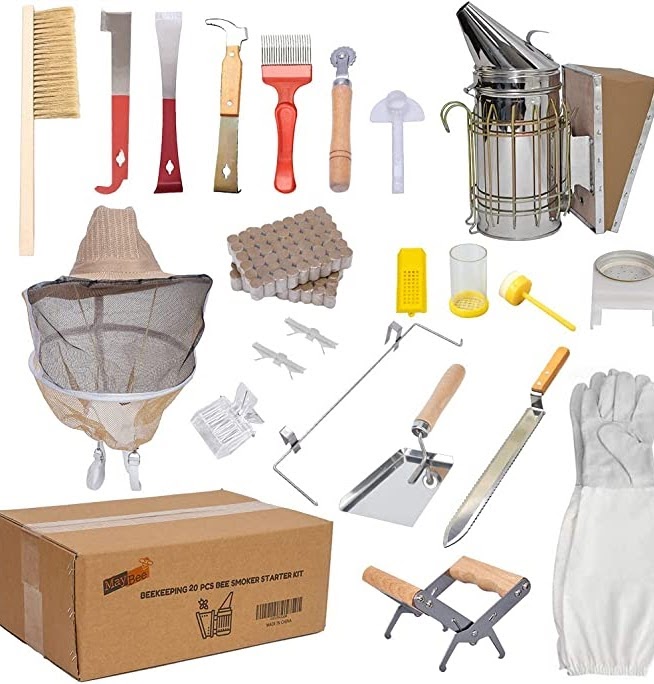
Finally, you can’t become a beekeeper without a hive tool. They are relatively inexpensive, and they are valuable multi-tools that you’ll use for everything from prying frames from hives, to scrapping stingers from your skin.
You’ll want to try different styles of hive tools to determine your preference. Your best bet might be to purchase a beekeeping supply kit with a couple different hive tools. Those start at $20.
Now that you know the costs of starting, let’s discuss the profits. This varies greatly from beekeeper to beekeeper. Just harvesting honey can net you $600 per hive per year.
Most beekeepers supplement honey income by selling wax products like candles and body products like chapstick, lotions, and soaps. Your profits will be offset by the cost of producing the products and getting them on the market.
You’ll also need containers, labels, and other ingredients, but many beekeepers can make a decent living on the products they sell.
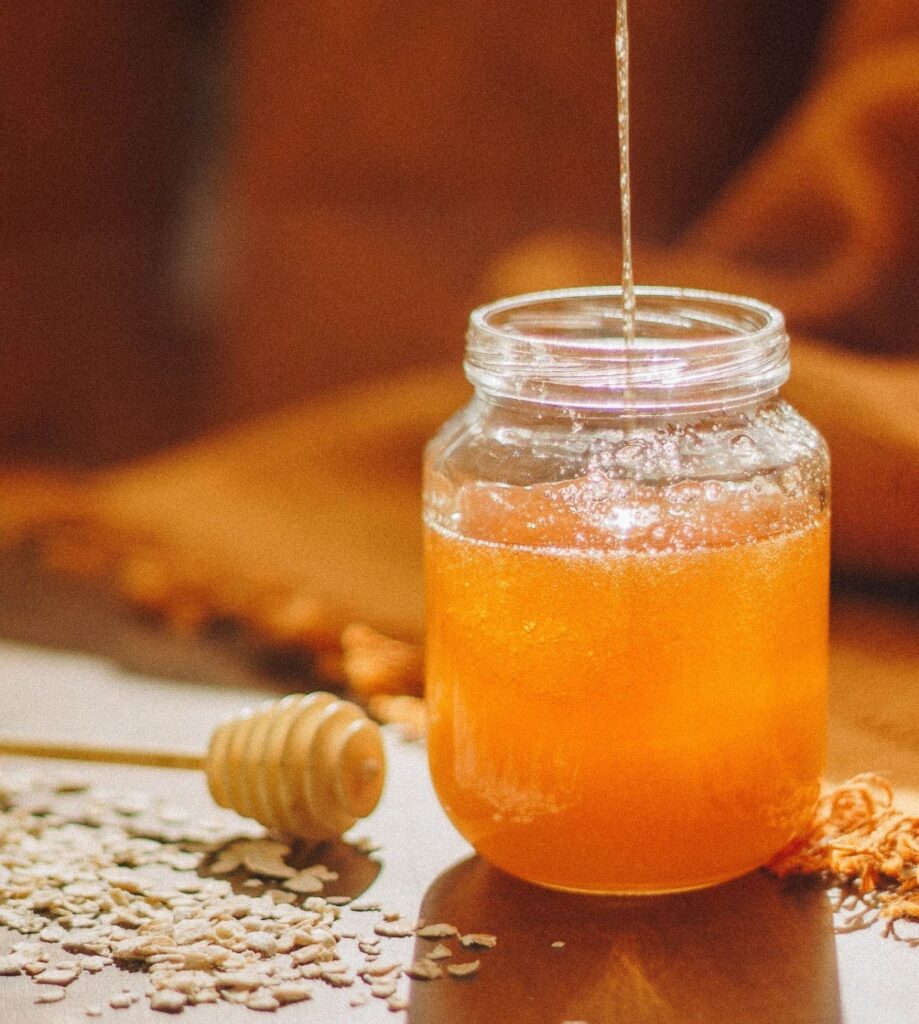
Commercial beekeepers make the most money. After around twenty of your hives become well established, you can begin selling nucs or package bees to new beekeepers. You can also teach classes, or give tours of your apiary.
The most lucrative way to make money with your bees is to rent them to almond farmers in California. Renting bees can net hundreds of thousands of dollars.
In conclusion,
To become a beekeeper, you need to love bees, learn from other beekeepers, get your apiary ready, and begin the rewarding journey of being a steward of the amazing little buzzy beings that bring us honey, and so much more.
By helping the bees, you’ll find purpose while helping the Earth, and everyone on it, especially yourself. Did we mention beekeepers liver longer, happier lives?! Go forth and keep the bees!
Giggles and Gloves,
-Buzz
Don’t forget to sign up for a free subscription to my Giggles and Gloves Newsletter below, then come back and click here to learn more about beekeeping!
